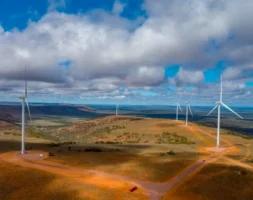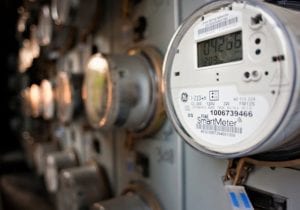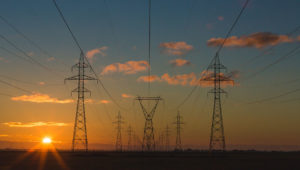A new report has found that one third of US solar assets are over-stating their expected energy output, and 92 per cent of of lost revenue from solar projects is due to lower than expected production.
The Solar Risk Assessment: 2022 report from Californian climate insurance provider kWh Analytics, finds the underproduction is caused by a range of issues, but unrealistic production forecasts and lower that expected irradiance are chief among them.
kWh Analytics finds that one-third of all US solar assets are overstating solar energy yield by more than 5%, which is resulting in equity investors locking in returns of 30% to 40% lower than expected.
“To enable continued growth and access to low cost of capital, the industry needs to use data driven approaches to accurately estimate production to ensure the asset class performs as advertised and delivers long-term stable cash flows to investors,” the report says.
“High-resolution resource data supports a data-driven approach to solar power generation modeling that reduces uncertainty of financial returns and enables solar asset owners to develop mitigating strategies to variability of weather.”
Happily, there is an increasing number of companies dedicated to providing precisely this sort of pre-construction solar resource monitoring service – including, in Australia, Sydney-based Fulcrum3D.
But, as the kWh Analytics report demonstrates, not enough solar developers recognise the importance of using these resources.
Overpromising and underperforming
“Data collection before construction has been integral to the industry’s success and growth,” says Colin Bonner, managing director and co-founder of Fulcrum3D.
“We provide solar monitoring base hardware to give solar project developers real-time access to on-the-ground data to accurately model and forecast production outputs, mitigating overpromising or potentially underperforming.
“Complex terrain construction has also been made an opportunity through monitoring. Whether on the side of a hill or next to a forest, accurate preconstruction solar measurement lets developers optimally map out solar arrays to ensure efficient production for the life of the project.”
As panel technology improves, monitoring becomes more complex
Just last year, Fulcrum3D’s high tech Met Stations were rolled out to the 154MW (DC) Gunnedah solar farm in north-eastern New South Wales, making it the first utility-scale bifacial PV project in Australia to use the technology.
As Bonner told RenewEconomy at the time, accurately determining the performance of bi-facial solar panels is no easy task, thanks to shading patterns, mounting structures, surface properties and seasonal variations.
“With a typical monofacial panel, you’re just looking at what sunlight is passed through the atmosphere and onto each panel.
“Whereas with bifacial panels you also need to take into account how the sunlight interacts with the ground and the PV arrays themselves before it illuminates the rear side of the panel.
“You can get far more site-specific variances using bifacial panels and that’s why the monitoring is so much more complicated, because the near-ground scattering to the back of panel may vary within rows or within a cluster of the solar farm – or even seasonally as well,” he said.
“If you have a wet season, with nice green grass, that’s going to have a different scattering coefficient to red dust, for example.”
Ensuring bankable solar
And while the KWh Analytics report focuses on the US solar market, Bonner says pre-build data is just as crucial to the continued success of Australia’s solar industry.
“Despite being a land with abundant renewable resources, solar generation in Australia has faced challenges getting energised,” he says.
“We’ve faced political inertia and difficulties integrating into the highly regulated and aging energy grid.
“Monitoring and logging bankable solar data throughout a solar project’s lifespan, from proposal to end of operation, has been how the Australian solar industry has proven success and overcome its opposition, becoming integral to the national energy supply network.”










